Beyond Image Capture
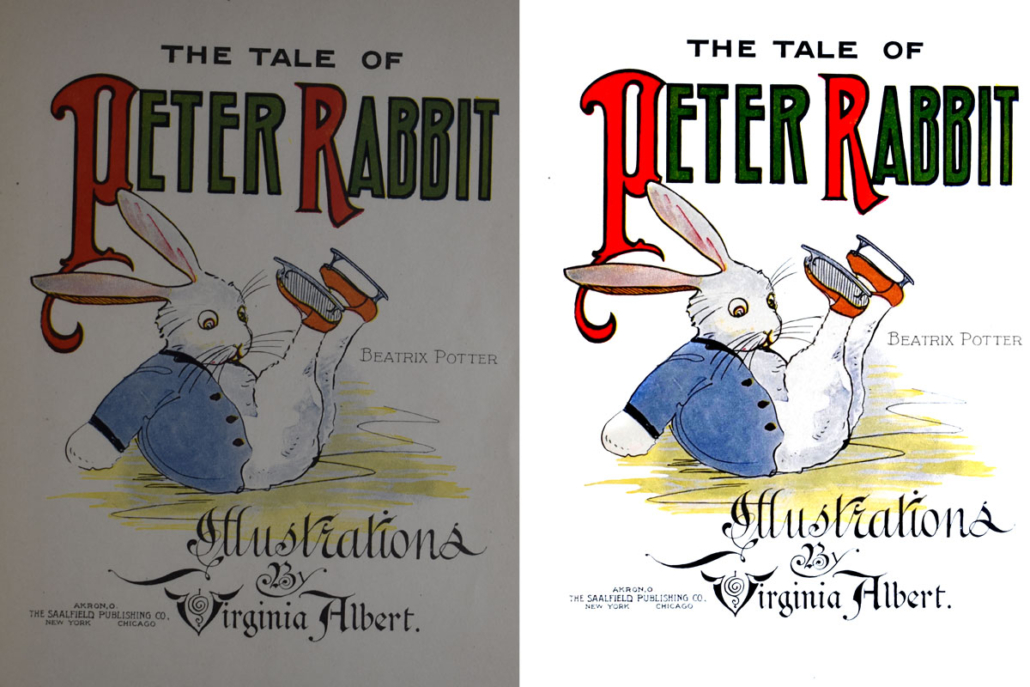
In the realm of preservation, it’s essential that a digital file—a digital representation of the original object—accurately captures the current state of a physical object. The image file should effectively serve as a placeholder, an equivalent representation to the original object. That, along with secure storage and access, make up the field of digital preservation. […]
Who Can You Trust with Your History?
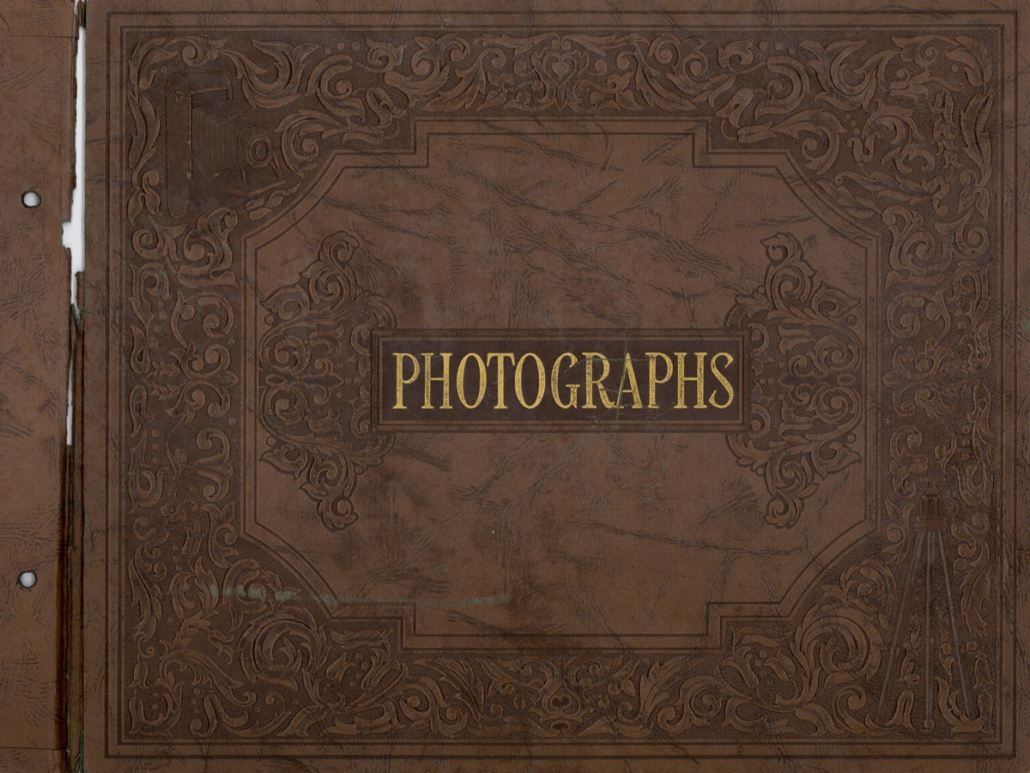
Recent Anderson Archival client Steve Brunkhorst found himself the caretaker of four old family albums. Like many others in the same situation, he didn’t know how to share the collection with his family in a way that was fair and sustainable for the materials. But the biggest challenge was finding someone he knew he could […]
Adopting Digital Preservation for a Legacy of Caring
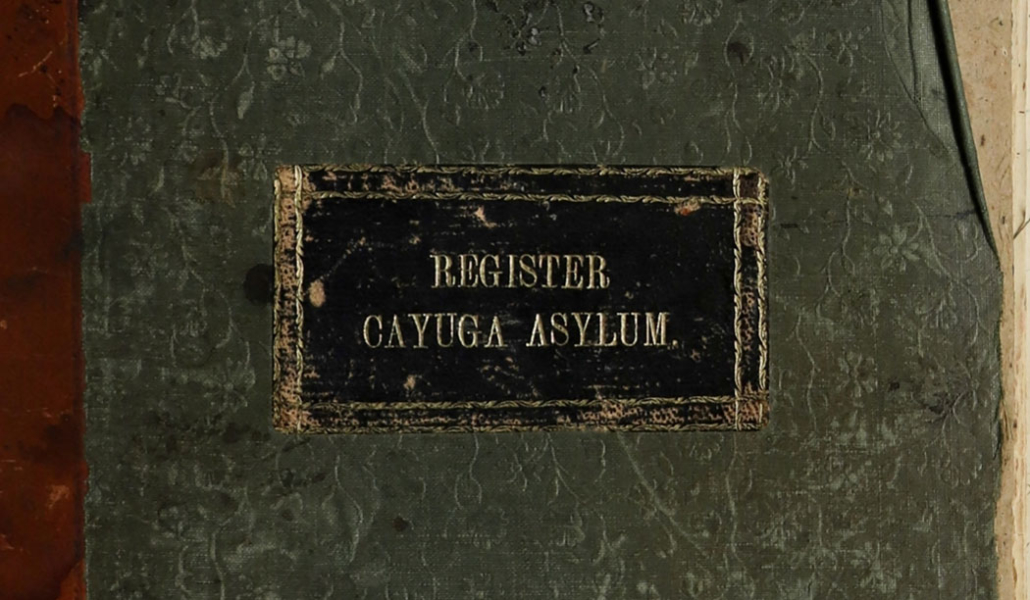
Technology is so engrained in our everyday lives that it can be hard to imagine a time when the only evidence of one’s ancestry was a single handwritten line in an archive across the country. But before the age of virtual records and digital paper trails, this was the only option for some people hunting […]
2020: The Time Capsule

For many different reasons, 2020 was a year to remember. The world handled a global pandemic, upheaval of normal life, and social unrest. How do we preserve the memories of this unique year and the lessons learned for generations to come? Time capsules may seem like childhood fancy or relics of the past, especially when […]
Quotables: Extraordinary History, Extraordinary Value (DigitalEdge)

Principal Farica Chang’s post in DigitalEdge covers the basics of moving to a paperless office. This process can feel confusing or downright overwhelming, especially if you don’t know what your goals are or how to start. Click here to read the full article! Do you have a historical document collection that you’d like to make […]
Quotables: Best practices for digitizing historical books and paper documents (GCN)
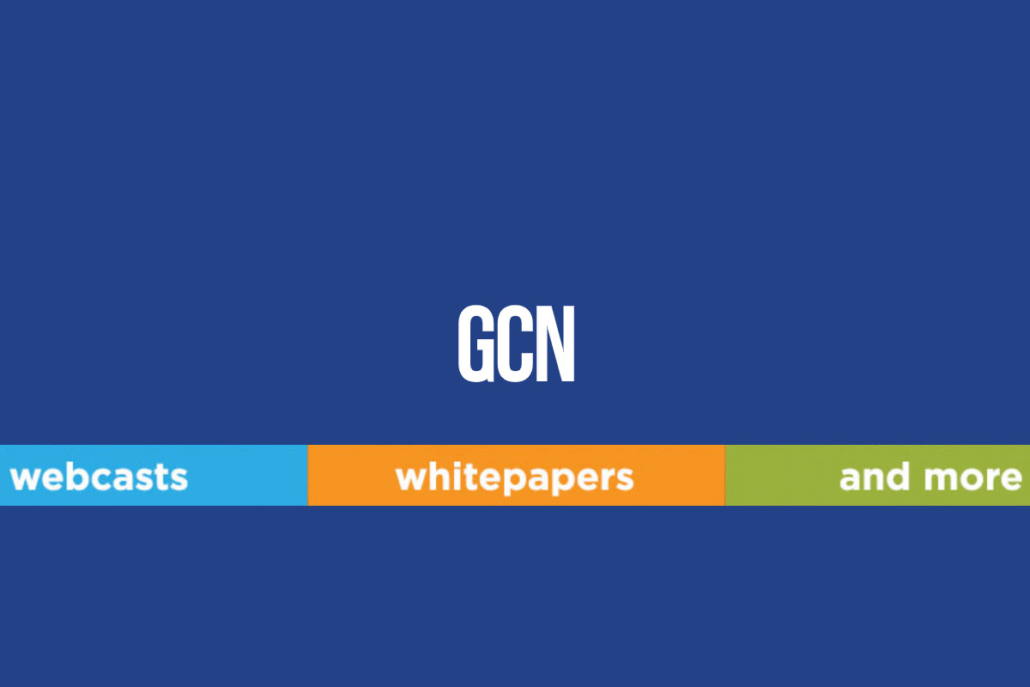
Founding Principal Amy Anderson’s post in GCN covers the basics of moving to a paperless office. This process can feel confusing or downright overwhelming, especially if you don’t know what your goals are or how to start. Click here to read the full article! Do you have a historical document collection that you’d like to […]
Learn: What is Historical Document Digitiziation?

Learn what type of documents can be digitized, and an overview of the historical document digitization process in this Anderson Archival explainer. What Is Historical Document Digitization?
How It All Began: The Start of Anderson Archival
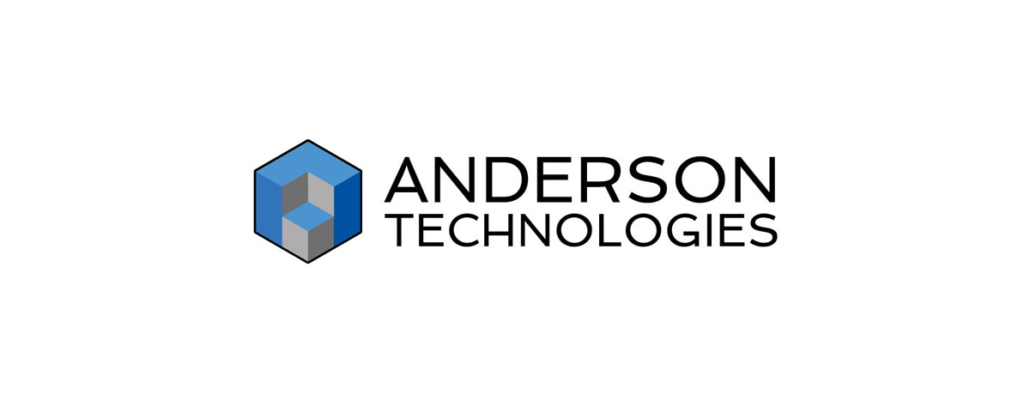
Before Anderson Archival, there was Anderson Technologies. It might seem strange that an IT company would branch into digital archiving, but the story behind this expansion showcases what clients of both firms know about us: integrity, dedication, and client focus are core values at the heart of all we do. Our hallmarks include expertise and […]
Firefighters Save Historic Documents Amid Museum Fire

A St. Louis museum was compromised by a fire this week, but thankfully most of the collection had been digitized! Late Tuesday night, March 26, 2019, a four-alarm fire broke out in the Karpeles Manuscript Library Museum in South St. Louis. As a St. Louis-based company dedicated to digitally archiving historic documents, this almost-tragedy hit […]
Quotables: Digitizing the Stars: Harvard University’s Glass Plate Collection
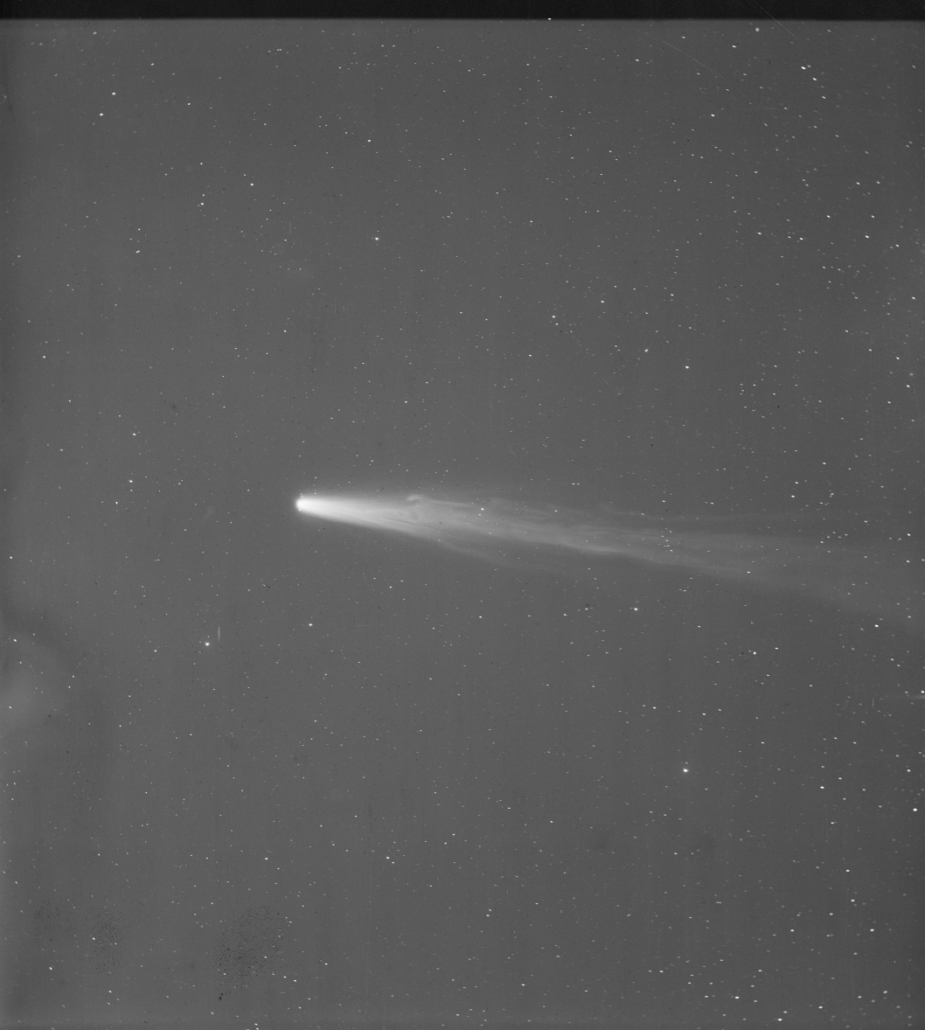
Check out Anderson Archival’s recent contribution to bloggERS! The Blog of SAA’s Electronic Records Section. Digital Archivist Shana Scott presents a case study from Harvard University’s preservation of night sky photographs. Scott tells the story of astronomer Dr. Henry Draper, his wife Anna, and the women of Harvard’s Observatory who were dedicated to the preservation […]




